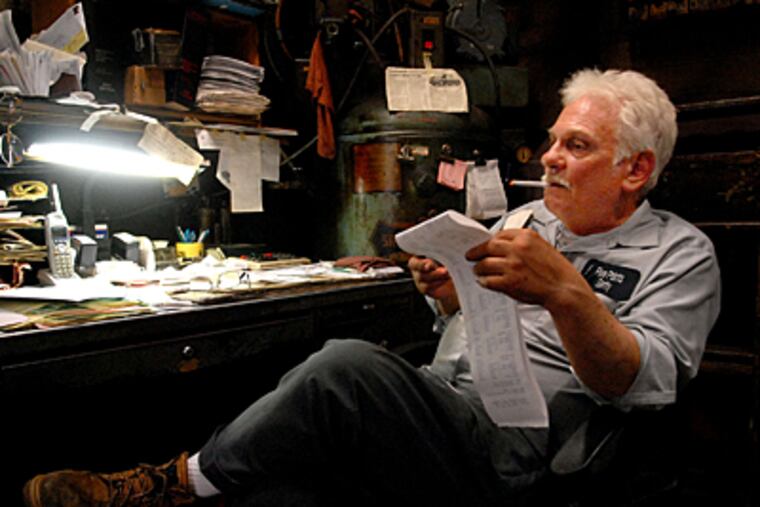Link copied to clipboard
Link copied to clipboard
Recalling the suburban gas riots of 1979
This much can be said for the advent of the $4 gallon of gas: It has not driven anyone to run riot. Yet. But Steve Lankin, whose Levittown station survived the gas riots of 1979, is calling it quits. Adjusted for inflation, gas prices are now as bad as then. He's had enough.
